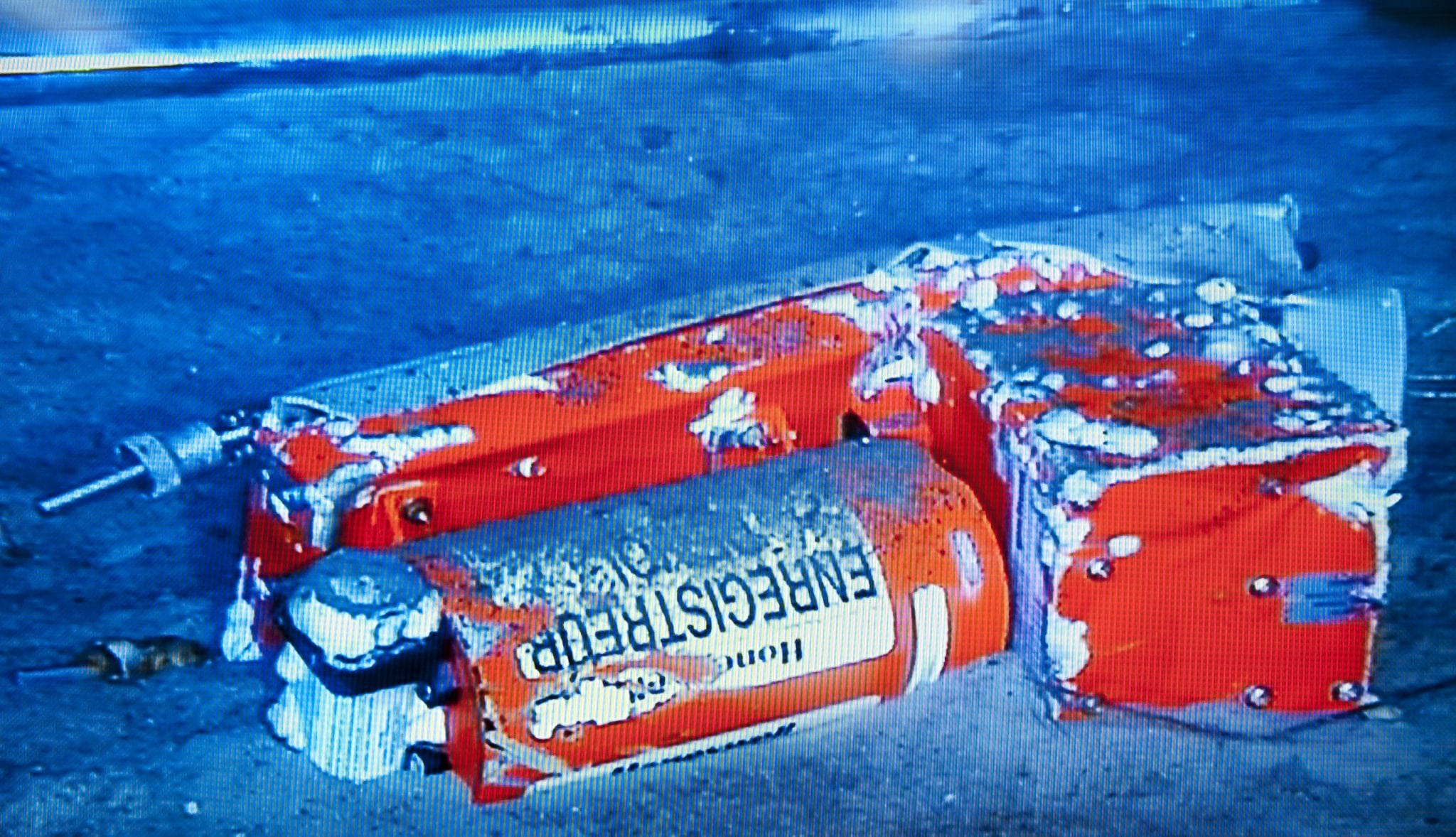Skift Take
Aviation has helped us rise above the clouds. Technology has helped us share information via the clouds. But a clouded judgement keeps aviation from finding technology up there.
With Malaysia flight MH730 missing, and no information yet available on what made it disappear from the skies, the world speculates over what might have happened and wonders how we could not know more.
The fact-gathering delay in aviation is inconsistent with a modern society. The airspace is populated by aircraft which rely on communications and data management standards which a regulatory authority official we spoke to described as “dated.”
In his report “Moving Aviation Towards a 21st-century Communications System,” [embedded below] Jacky Pouzed, Head of the Communications and Frequency Coordination Unit at EUROCONTROL, discusses a multi-pronged method to improve the exchange of information for the industry.
The proposal is for advanced automated systems for critical flight information management. He writes: “as traffic has increased beyond expectations, [the current voice] form of communication has now reached operational limits in some of the more busy areas.” He adds: “The aviation community has developed and started to implement digital data communication to support, and probably at a later stage, replace the voice as the principle means of communication.”
One of the greatest challenges of our reliance on voice communication is that during critical conditions pilots have no time to update the ground. As Captain “Sully” Sullenberger, pilot of US Airways 1549, which landed safely on the Hudson after a bird strike in January 15, 2009, told CBS in an interview, the sudden loss of radio transmissions from MH730 may be understandable. Pilots are trained to “aviate, navigate, then communicate.” A pilot’s focus needs to be on addressing the trouble onboard, before getting information to the ground. In these emergencies, seconds count.
But flight data recorders and voice recorders, or combined recorder systems — the black boxes — automatically record the conversations in the cockpit and could transmit critical functional data on aircraft systems and components, operational data, as well as these voice recordings.
With present systems, this vital information is lost, until the black box can be retrieved and analyzed. This process is can take months, even years, on overwater incidents; as MH370 appears to be.
With Air France 447, for example, which disappeared over the Atlantic in 2009, it took until May 2011 to find the black box on the ocean floor, and until July 2012 to have compiled sufficient information for investigators to publish a final report.
Given improvements to connectivity onboard today’s aircraft, the critical compendium of data and voice recordings stored in the black box could be transmitted to a data store immediately, eliminating delays in retrieval of this information.
Richard Taylor, Corporate Communications of the UK’s Civil Aviation Authority; indicates that since the Air France 447 incident, there is general awareness of the urgency to improve current systems. However, he points out, as these systems must be implemented on the aircraft, aircraft manufacturers must take the initiative to develop them and airlines must demand them.
Taylor indicates that these improvements, and the incorporation of NextGen systems to manage and monitor air traffic which Pouzed maps out in his report, merely require an industry-wide commitment to move forward.
We approached Boeing and Airbus to share their insights, but Boeing declined to comment and Airbus did not return our call.
The system Pouzed describes is multi-layered; fully digitalizing datalink, air-to-ground, ground-to-ground, messaging, and flight tracking systems many of which currently rely on analogue radio communications. It involves a combination of hardware, software, and network improvements; composed of a network of transmission towers, advanced aircraft communications systems, and satellite links. The aim, he writes, is to “allow more flexible and cost-efficient communications.”
The plan is ambitious, yet the timeline for completion extends beyond the year 2020. Expediting of this timeline would require additional funding and coordination.
Implementation of a rational system for flight data recovery from a black box would not have to wait for 2020. A data dump could be triggered by critical failures, as some within the industry have suggested. Alternatively, periodic updates could be scheduled, to ensure that some data is available to investigators if an aircraft was brought down under conditions which did not allow for a triggered off-loading of data. The black box could still be retrieved to fill information gaps, but retrieval would not be the first stage of data gathering. Further, information available from such data streaming might help better pinpoint search and rescue and recovery efforts.
As Taylor tells us, the principle hurdle is industry commitment to such a plan, and a willingness to pay for them. Current objections from the industry revolve around a cost-benefit analysis. With aircraft incidents rare, most of the data retrieved from such technological advancement would be unnecessary, some argue. But the true costs of those rare incidents, stretch far beyond even the substantial costs of recovery and investigation.
The Daily Newsletter
Our daily coverage of the global travel industry. Written by editors and analysts from across Skift’s brands.
Have a confidential tip for Skift? Get in touch
Tags: accidents, malaysia, malaysia airlines
Photo credit: File-This file photo from Tuesday May 3, 2011 by France's air accident investigation agency, the BEA, shows the flight data recorder from the 2009 Air France flight that went down in the mid-Atlantic. In June 2009, an Air France flight from Rio de Janeiro to Paris crashed during a bad storm over the Atlantic Ocean. The Airbus A330s airspeed indicators were giving false readings. Johann Peschal / AP Photo/BEA
